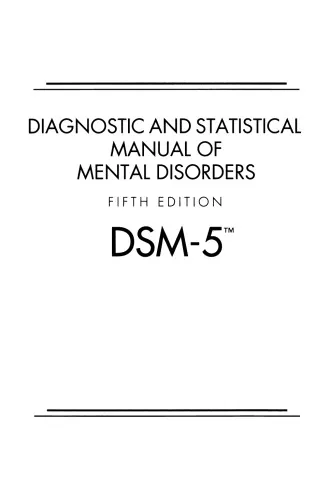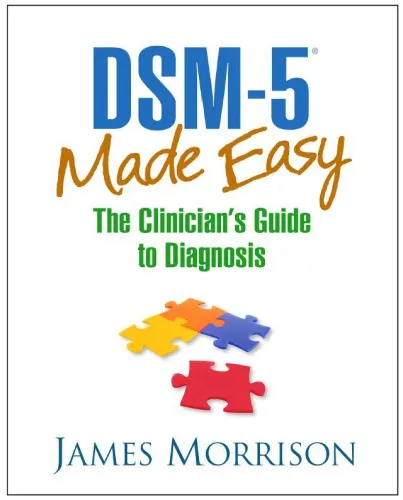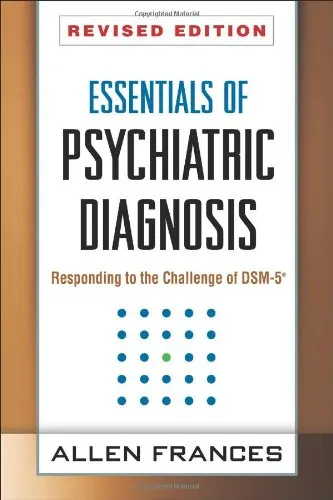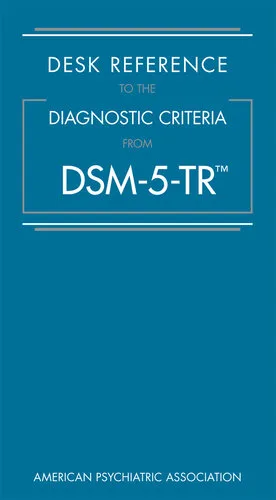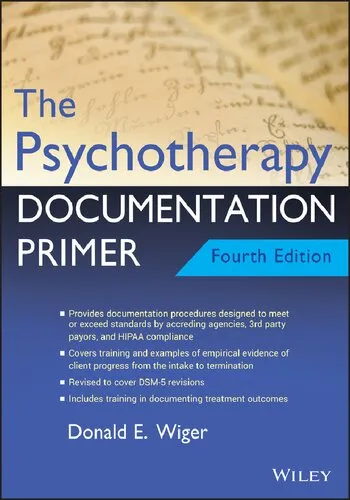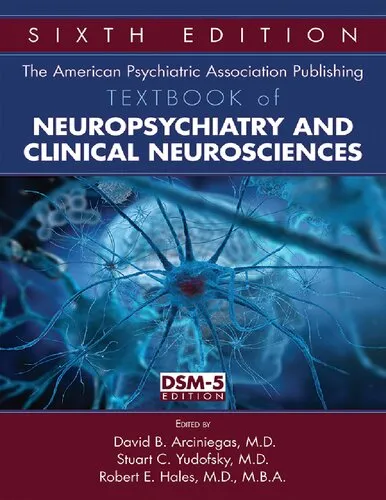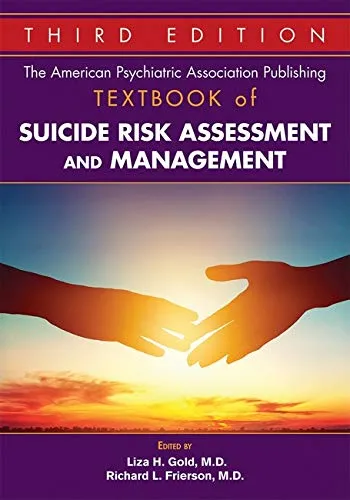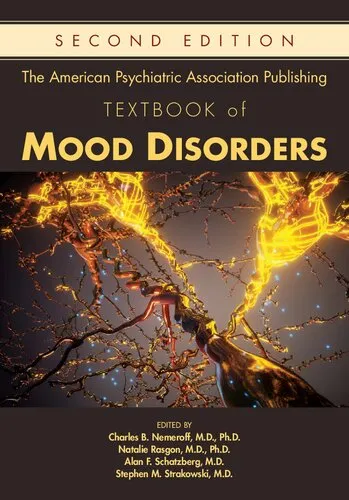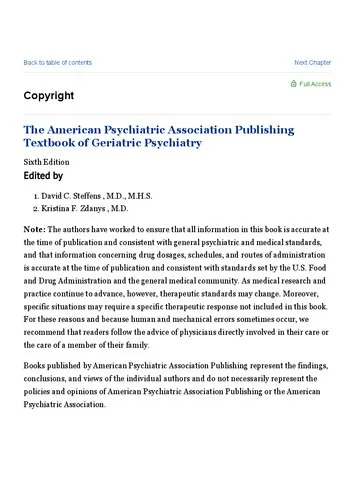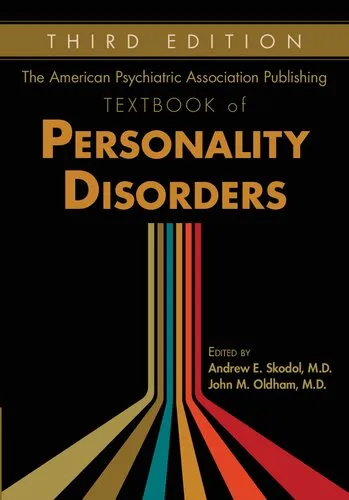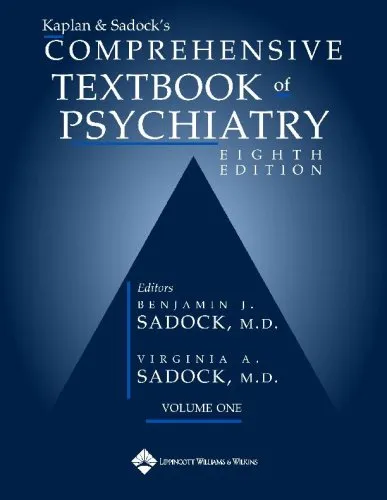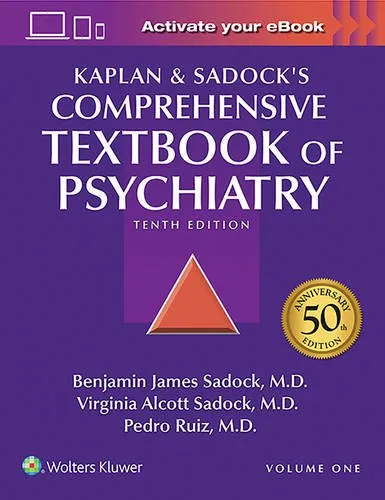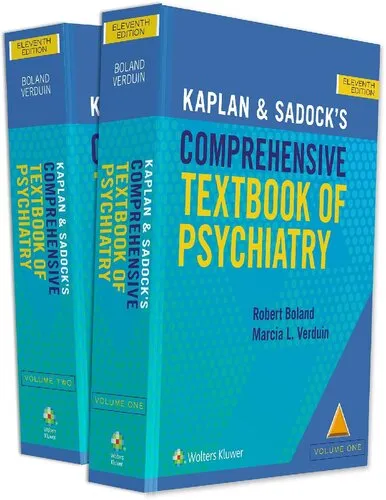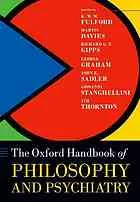Diagnostic and Statistical Manual of Mental Disorders, 5th Edition: DSM-5
4.7
Reviews from our users

You Can Ask your questions from this book's AI after Login
Each download or ask from book AI costs 2 points. To earn more free points, please visit the Points Guide Page and complete some valuable actions.Related Refrences:
The "Diagnostic and Statistical Manual of Mental Disorders, 5th Edition: DSM-5" is a monumental publication by the American Psychiatric Association that serves as a critical tool for practitioners in the field of mental health. With its comprehensive classification system, the DSM-5 provides an authoritative guide for diagnosing mental disorders, offering clinicians a common language for understanding and treating these conditions.
Detailed Summary of the Book
The DSM-5 is structured in a manner that categorizes mental disorders systematically. It represents the culmination of over a decade of research, collaboration, and clinical expertise. The manual begins with a section on the structure of the DSM-5, which includes descriptions of the diagnostic criteria and codes. Following this, it delineates disorder classes, each containing specific disorders. These classes include, but are not limited to, Anxiety Disorders, Depressive Disorders, and Neurodevelopmental Disorders. Each disorder is meticulously detailed with diagnostic criteria, features, prevalence, development, risk factors, and differential diagnosis considerations.
One of the most significant updates in DSM-5 compared to its predecessor, DSM-IV-TR, includes the integration of dimensional assessments to capture symptom severity and the addition of cross-cutting symptom measures for comprehensive evaluation. It also introduces a spectrum model for certain disorders, reflecting the growing understanding of the continuum nature of mental health conditions. The DSM-5’s Appendix consists of a glossary of technical terms and cultural concepts of distress that underline the importance of cultural sensitivity in diagnosis.
Key Takeaways
- The DSM-5 introduces new categories and eliminates others, highlighting the need for ongoing research and adaptation in the mental health field.
- Dimensional assessments are integrated to add nuance to the diagnosis, focusing on symptom severity and impairment.
- It recognizes the cultural context of mental illnesses, emphasizing culturally informed diagnosis and treatment.
- Cross-cutting symptoms and spectrum disorders reflect the complexity and interconnectivity of mental health conditions.
Famous Quotes from the Book
"The goals of the DSM-5 are to improve the accuracy and consistency of mental illness diagnoses, guide treatment recommendations, and inform research on mental disorders."
"Understanding mental disorders and how they manifest in different individuals and cultures leads to better treatment outcomes."
Why This Book Matters
The DSM-5 is indispensable for mental health professionals, offering a structured framework for diagnosis, which is a critical step in the treatment process. It bridges the gap between research and practice by embedding the latest scientific findings into clinical application. The inclusivity and adaptability of the DSM-5 make it an essential tool for culturally competent care, acknowledging the vast diversity of mental health experiences across different populations.
Furthermore, the DSM-5 plays a pivotal role in shaping mental health policy and insurance coverage, as many reimbursement processes are contingent on diagnosis as per DSM standards. Its influence extends to education, research, and public perception of mental health, lending credibility and clarity to a complex field.
Free Direct Download
You Can Download this book after Login
Accessing books through legal platforms and public libraries not only supports the rights of authors and publishers but also contributes to the sustainability of reading culture. Before downloading, please take a moment to consider these options.
Find this book on other platforms:
WorldCat helps you find books in libraries worldwide.
See ratings, reviews, and discussions on Goodreads.
Find and buy rare or used books on AbeBooks.
1622
بازدید4.7
امتیاز0
نظر98%
رضایتReviews:
4.7
Based on 0 users review
Questions & Answers
Ask questions about this book or help others by answering
No questions yet. Be the first to ask!
